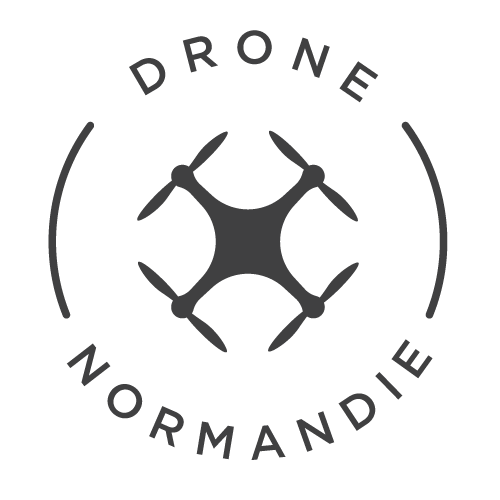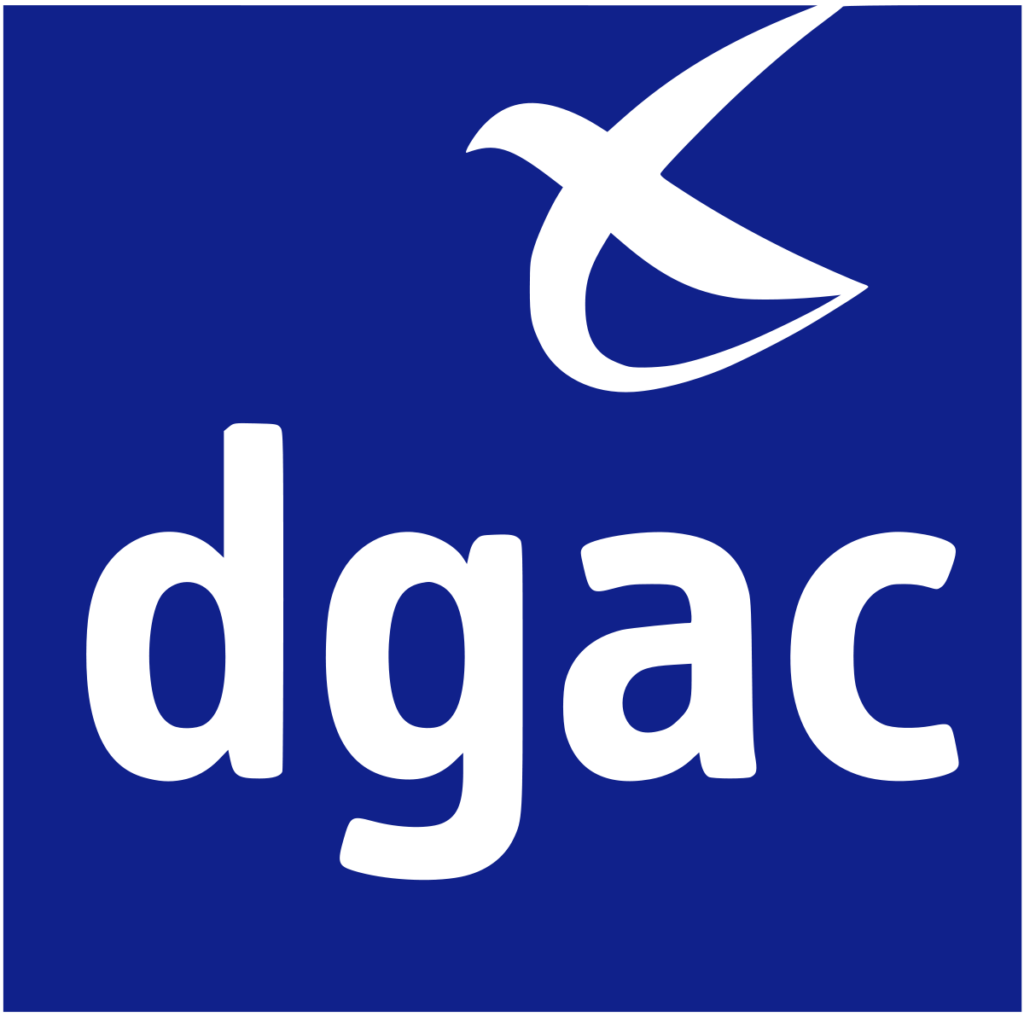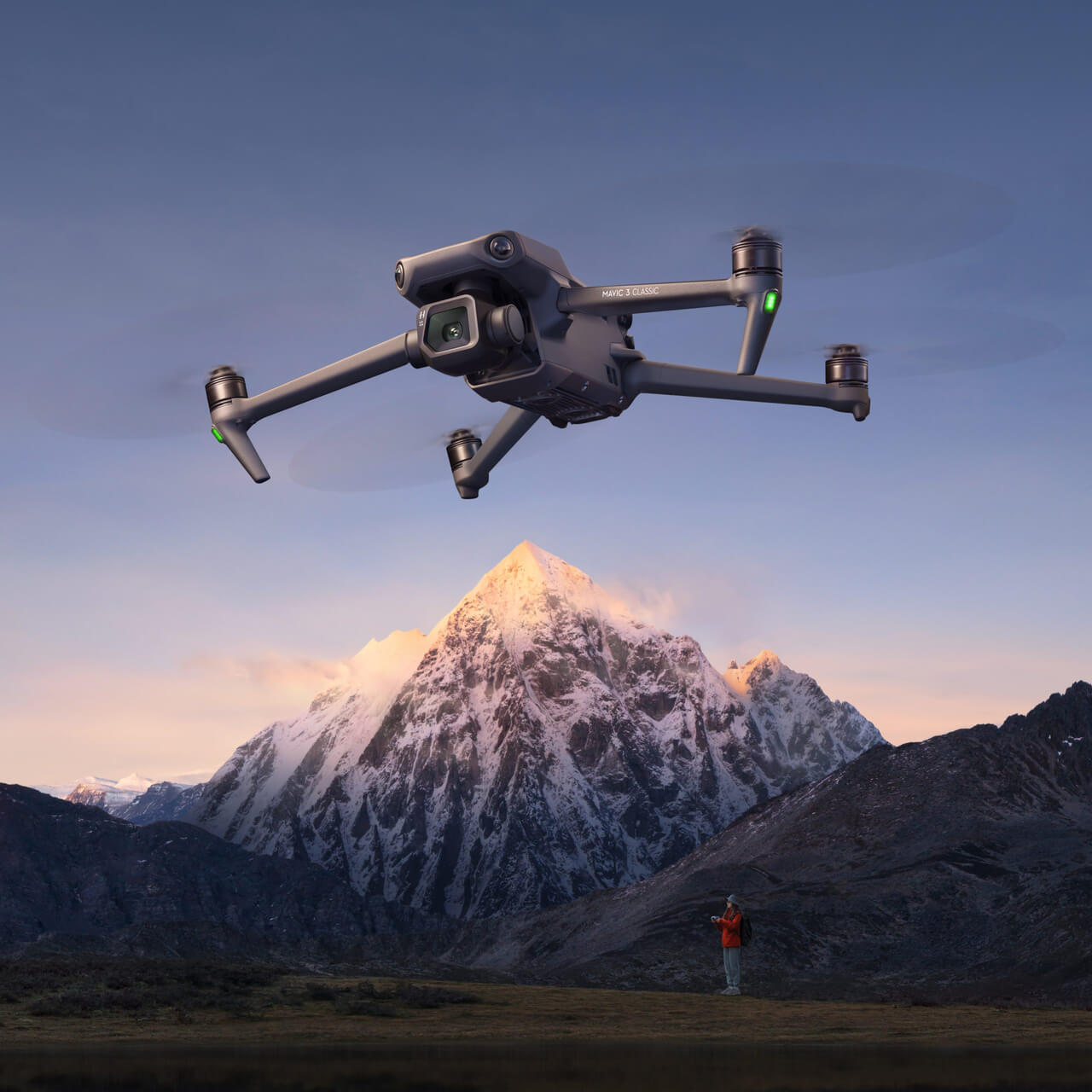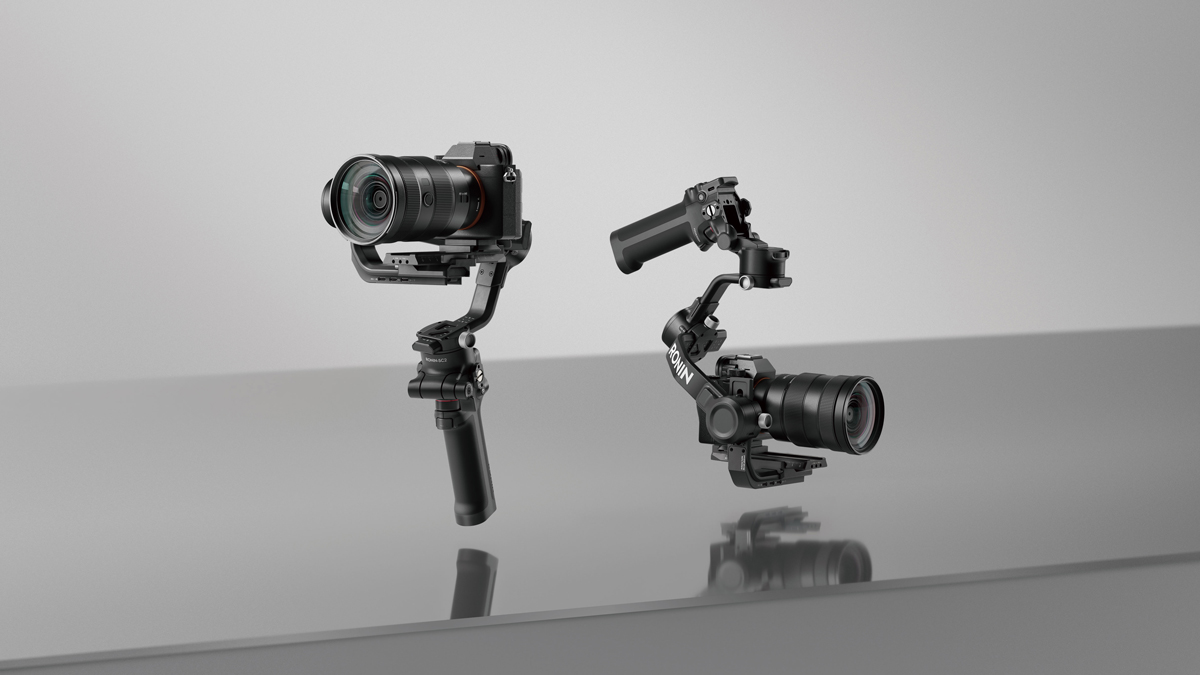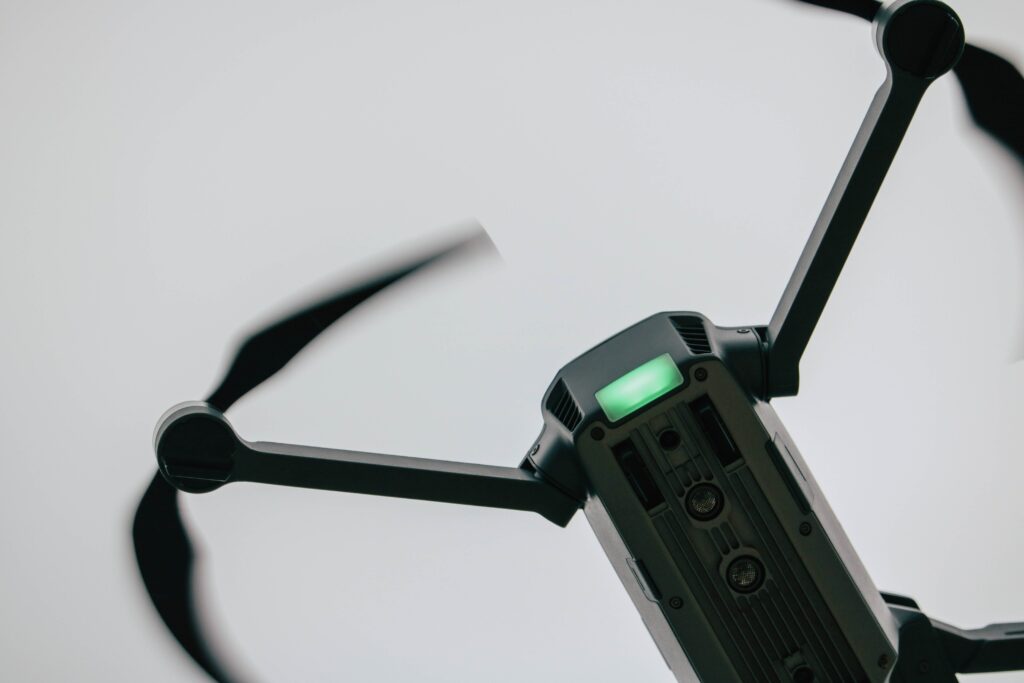Drones (unmanned aircraft)
Preparing an aerial service
European regulations on unmanned aircraft came into force on December 31, 2020, replacing national aviation safety regulations on these aircraft.
In June 2020, the European Commission published two regulations on unmanned aircraft (known as “UAS”):
- Commission Delegated Regulation (EU) 2019/945 of March 12, 2019 on unmanned aircraft systems and third-country operators of unmanned aircraft systems;
- Commission Implementing Regulation (EU) 2019/947 of May 24, 2019 on rules and procedures for the operation of unmanned aircraft.
Consult the DGAC website for current regulations:
https://www.ecologie.gouv.fr/exploitation-drones-en-categorie-ouverte
https://www.ecologie.gouv.fr/exploitation-drones-en-categorie-specifique
Flying drones over public areas in built-up areas is prohibited for open category recreational drones as of 01/01/2021.
The French administration(DGAC) has provided some clarifications to differentiate a leisure activity (aeromodélisme), from a professional activity (activités particulières) with a drone, since its penultimate edition (August 9, 2016) of the Guide des activités particulières:
- As long as the aim of the flight is not the pilot ‘s hobby (flying or taking pictures), it’s a “special activity” (professional) or an experiment (special case) that needs to be declared to the DGAC.
Professional aerial photography, or photography with a commercial purpose using unmanned remotely piloted aircraft (drones) falls within the scope of specific activities (aerial work), governed in particular by the two decrees of December 17, 2015. What’s more, aerial services with a drone don’t stop at taking off and landing.
Complying with regulations and draconian safety rules comes at a cost. This means a great deal of preparation time, prior to the mission: advice, expertise for a tailor-made service, study of aeronautical charts, weather forecasts and aeronautical information, scouting, risk analysis, choice of the best place to take off…
According to the flight scenario (S1 or S3) and the configuration of the site, plus administrative formalities (application for authorization to fly to the relevant prefecture and the DGAC if necessary), personnel costs related to ground security, follow-up of a protocol defined with the operator of a restricted area, occupation of the public domain…
During the mission, the telepilot has to mark out the exclusion zone for third parties to secure the site, carry out numerous checks before and after each flight, keep his logbook up to date, and record maintenance tasks in a maintenance logbook.
